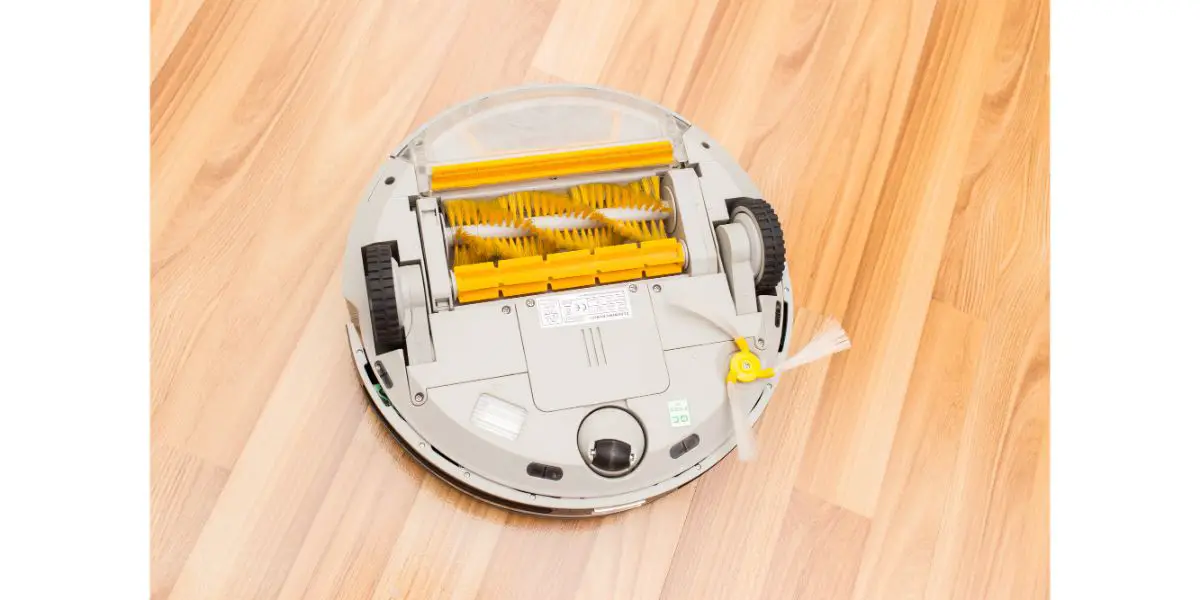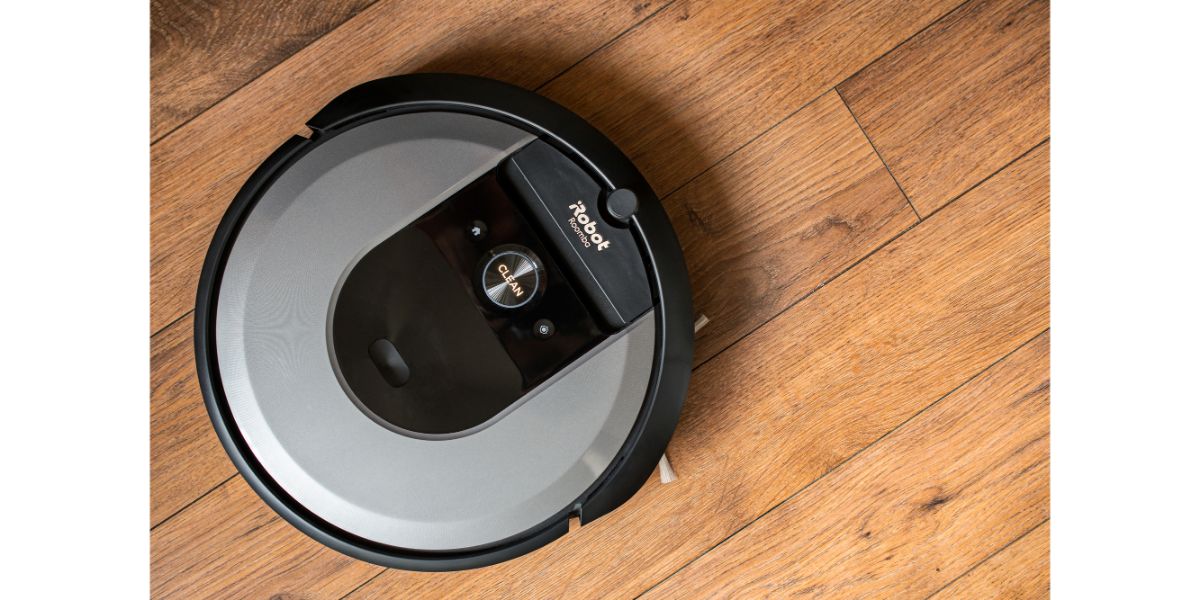Disclaimer: This post may contain affiliate links, meaning we get a small commission if you make a purchase through our links, at no cost to you. For more information, please visit our Disclaimer Page.
Roombas seem rather simple, at least from the standpoint of the exterior. While they make noise when running, they aren’t known for being loud and squeaky robot vacuums. They simply wake up at a set time, vacuum a specified area (according to your preferences) and park themselves back in their dock when finished.
However, one of the most common complaints about the Roomba (and other robot vacuums on the market) is a squeaky sound. Sometimes It’s extremely loud and high-pitched, and sometimes it’s lower but definitely noticeable.Regardless of how loud it is, the Roomba is certainly not supposed to make squeaking sounds as it goes about its dust-busting business. The way it sounds when you first pull it out of the box is how it should always sound. So, what can you do to fix it?
Table of Contents
5 Fixes To Roomba Squeaking
1. The Caster Wheels
Regardless of how clean you think your home is, there is always a bit of dirt. Or, maybe you spilled something and the Roomba was forced to get it up.
The thing is, residues build up over time, especially on the caster wheels. This residue will eventually cause a number of problems, including corrosion, stickiness, and plastic on metal fatigue.
The result is a squeaking sound as the caster wheels spin and the Roomba moves about the room, vacuuming it up.
That’s where preventative maintenance comes into play. Of course, if your wheels are squeaking, it looks like preventative maintenance wasn’t a routine habit.
As a learning lesson, a squeaky wheel is the least of the potential issues a Roomba will run into if you don’t take care of it.
That means frequently emptying it out, and occasionally going over the device with a fine-tooth comb, ensuring that all the dirt and debris caught up in the machine are removed.
If you look at the Roomba’s wheels, you’ll notice a tiny hole next to each one. This is by design, and It’s so you can lubricate the wheels periodically. That’s where you will insert the straw from a can of dry lube to spray lubricant. It doesn’t need much, but be sure to use a dry lubricant, so it doesn’t turn into a leaky mess.
2. The Wheels Aren’t Aligned Properly
It doesn’t take much to push the wheels out of alignment. In fact, a small piece of plastic, a clump of candy wrapper, a hair tie, or a rubber band are more than enough to get caught up in the wheel and press it out of alignment, causing plastic on metal or metal on metal squeaking.
Roombas have three wheels, with two of them on the side and a bush roll caster wheel. It’s often difficult to tell just which wheel is out of alignment.
The caster wheel is the one that communicates obstacles and other sticky issues to the Roomba. Either way, you need to figure out which wheel (maybe more than one) is problematic.
To do this, you have to perform a little robotic surgery and look at the Roomba from the bottom, accessing each wheel and cleaning it of debris, assuming there is any to remove. You’ll need a few tools to get started.
- Philips Head screwdriver
- Some rubber gloves
- A microfiber cloth
- Tweezers
- Another vacuum
- Isopropyl alcohol
Use your fingers to rotate each wheel. The idea is to see if any of them look out of alignment or produce friction when you roll them. Use the microfiber and some rubbing alcohol to clean the wheels, and use the tweezers to snap and pull hairs out of the rollers.
You can also use the tweezers to pull out larger debris or anything that is forcing the wheel out of alignment.
3. The Infamous Clumps of Hair
If you have anyone with long hair in the house, long-hair dogs, or long-hair cats, you already know about this. That hair seems to wrap around everything and finds its way into the most inconspicuous places imaginable.
If you have anything that rolls on wheels and frequently crosses the floor, you have a recipe for loops of hair that will eventually entangle the wheel. The Roomba, try as it might, is a strong vacuum that cannot avoid getting its wheels tangled in human and pet hair.
The method listed above is the best way to remove it. If you have particularly dexterous fingers, you can use a box cutter blade to slice the hair and retrieve it with the tweezers. However, you have to be very careful with a box cutter blade. Be sure to always cut away from yourself.
4. The Roomba is Dragging Something
It doesn’t have to be anything long, large, and obvious. It could be something as simple as a refrigerator magnet. Whatever it is, it’s usually a simple matter of flipping the Roomba over on its back and removing anything it’s dragging along.
Though the Roomba is plenty strong, at least in the robot vacuum category, there are still things it simply can’t pick up. Either it lacks the pulling power or the object is too large to suck up into the chamber.

5. Brush Wheel
While the odds are not good that it’s the brush wheel that’s causing the squeaking, it is possible. The brush wheel is the long cylinder that runs across the vacuum opening and features spinning brushes that loosen dirt for the vacuum as it passes.
You should remove the brush at least once a week or so to remove those pesky hairs and other objects which could cause more problems down the road.
To remove the brush, use a Philips head to open up the side compartment and access one side of the brush cylinder.
Remove the captive brush screw and lift the brush from that side. It should pop right out. Clean and replace as needed.
Final Thoughts
There isn’t a wide variety of possibilities that could cause a squeaking noise in the Roomba. The four troubleshooting issues above are the most common. Anytime there is a squeak coming from the Roomba, it’s invariably the wheels or brush.
Keep those items clean and you should never experience a squeaking sound coming from your favorite Roomba vacuum

